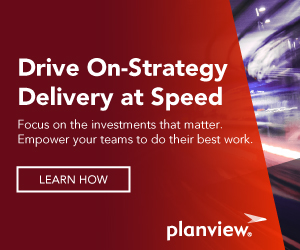Choosing Your AI Use Case: A Prioritization Framework
Whether you’re just entering the AI arena or it’s your umpteenth time returning, you’ll need a framework in place to gather ideas and prioritize the best ones, minimize the risk you’ll face, and continually assess your opportunities. These executive insights from a recent panel discussion on AI in the enterprise provide the basis for an AI use case decision-making framework that can be applied to quickly identify the right use case.

